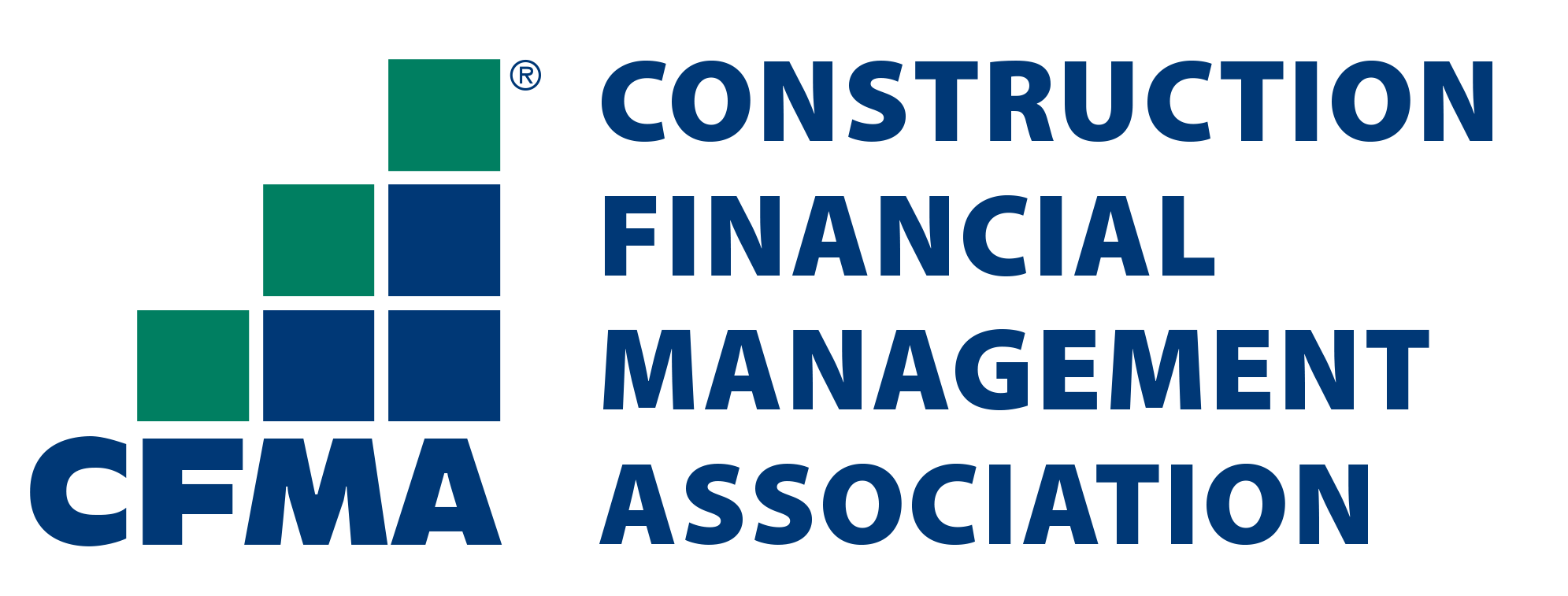
Restaurant Accounting: How It’s Different!
- March 7, 2019
- admin@ohi

If you are a restaurant owner, or a prospective accountant exploring various career avenues, you may have wondered how restaurant accounting might be different from other forms of accounting. It’s all relative and similarly structured in the full verse of accounting. However, there are key differences that diversify the field of accounting as per various industries.
Restaurant accounting, on this note, stands out based on factors that are intrinsic to the food and beverage industry. F&B typically works with perishable and uncertain elements, while the other sectors have involvement of robust elements.
Here are the three unique features that make restaurant accounting different from the rest.
While inventory management is a necessary field in every form of accounting, which makes it stand out when it comes to restaurants is its nature. Typically, an average business maintains bulk inventories that are tabulated over longer periods. This helps streamline supplies while keeping database and accounting expenses in check.
However, if you are a restaurant manager, it is imperative to manage inventories every day. The reason for this is the perishable nature of raw commodities in a restaurant – all food items are to be kept fresh to maintain the quality of service while focusing on not incurring losses due to spoilage. Hence, in restaurants, inventory management takes a far more important role than in other industries.
Most companies maintain their accounts in monthly, quarterly and annual formats. Restaurants, however, have a different form of business – they typically sell far more on weekends and over holiday seasons, while weekday afternoons are potentially low transaction times.
As a result, it is requisite to maintain profit and loss, and cash flow statements in a weekly format. This helps keep parity of performance through the year, and analyze what food and beverage items were in hot demand, and what did not work.
When it comes to restaurant accounting, perhaps the greatest business indicator that you must follow is a cost-to-sales ratio. It is not an absolute factor that guarantees your restaurant’s business health, but it should give you a good idea of how your business trajectory is.
The variables in this equation can fluctuate depending on factors such as the location of your restaurant, your menu and clientele, the magnitude of your operations, and so on. Despite that, this ratio gives a sound idea of where you need to stop losses, and how you can revive your fortunes.
Many restaurants make the mistake of looking at restaurant accounting in line with other forms of accounting. While that may not severely derail your business plans, you will find yourself falling behind, and the accounting tasks will seem more complicated as it won’t entirely match your business progression.
By following these three, simple factors, you can account for a whole world of differences that lie between running a restaurant, and any other business.
Learn More About Our Restaurant Accounting Services: Call us at 1-646-367-8976, Email at sales@outsourcinghubindia.com – CONTACT US
Contact us for a customized NO OBLIGATION proposal for outsourcing your accounting activities.









